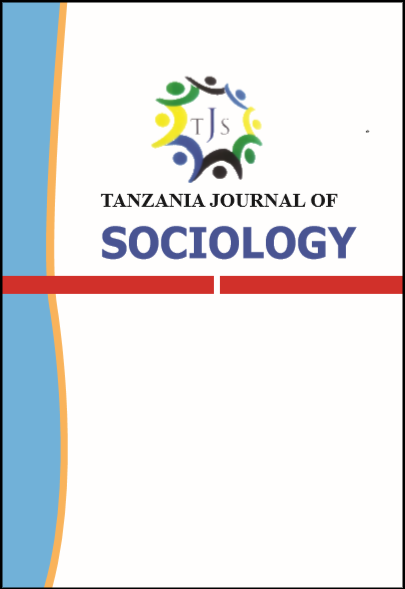Main Article Content
Detection of High Risk Clusters of Diarrhoea, Fever and Cough in Tanzania: Results from Tanzania Demographic and Health Surveys, 1999 to 2016
Abstract
and child health in developing countries. Using Tanzania demographic and health survey data for
the period of 1999 to 2016, the current study aimed at assessing the spatial distribution of childhood
illnesses in Tanzania. The Kulldorff’s Spatial Scan Statistic was applied to identify clusters with
the high risk of childhood diarrhoea, fever and cough. Results indicate that one cluster has been
identified for any of the childhood illnesses (diarrhoea, fever and cough) in 1999. The identified
clusters with the high risk of childhood illnesses (diarrhoea, fever and cough) showed a decrease of
sample points with time specifically in high risk clusters for 2004-05, 2009-10 and 2015-16 Tanzania
Demographic and Health Surveys. Also, the radii of high risk clusters were decreasing with increase
in time. These results suggest improvements in child health status and indicate narrow concentration
of childhood illness to some specific areas in the country. The small area estimation is required to
guide interventions effectively in order to alleviate common risk factors within the location.
, , ,







